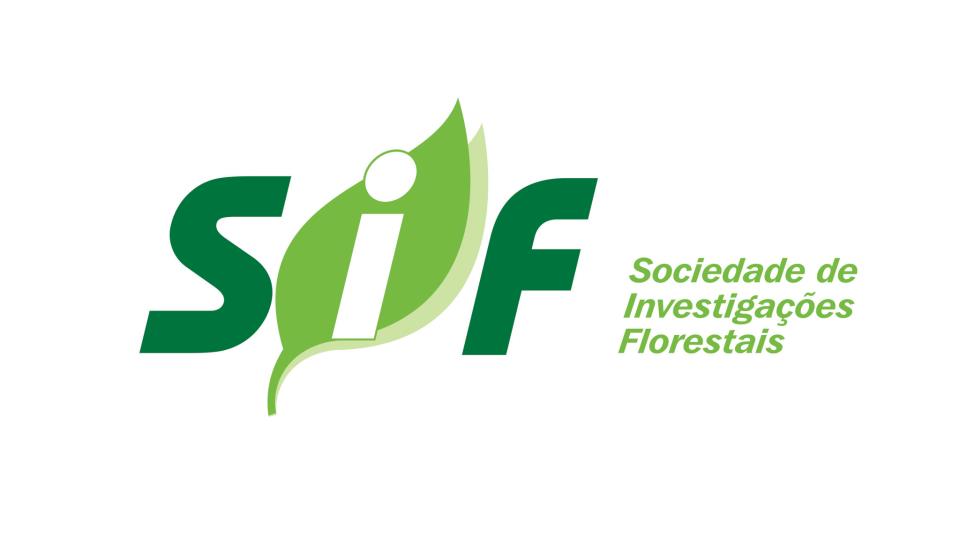Biblioteca Florestal
Digital
Digital
Psychotria nuda (Cham. & Schltdl.) Wawra: rooting of stock plants in different phenophases and environments

JavaScript is disabled for your browser. Some features of this site may not work without it.
| dc.contributor.author | Ferreira, Bárbara Guerreira Alpande | |
| dc.contributor.author | Zuffellato-Ribas, Katia Christina | |
| dc.contributor.author | Wendling, Ivar | |
| dc.contributor.author | Koehler, Henrique Soares | |
| dc.contributor.author | Reissmann, Carlos Bruno | |
| dc.date.accessioned | 2014-09-08T19:35:09Z | |
| dc.date.available | 2014-09-08T19:35:09Z | |
| dc.date.issued | 2014-04 | |
| dc.identifier.citation | FERREIRA, B. G. A. et al. Psychotria nuda (Cham. & Schltdl.) Wawra: rooting of stock plants in different phenophases and environments. Ciência Florestal, Santa Maria, v. 24, n. 2, p. 367-378, abr./jun. 2014. | pt_BR |
| dc.identifier.issn | 0103-9954 | |
| dc.identifier.uri | http://www.bibliotecaflorestal.ufv.br/handle/123456789/10750 | |
| dc.description.abstract | Psychotria nuda (Cham. & Schltdl.) Wawra (Rubiaceae) is a native species from the Dense Ombrophylous Forest (dense tropical rain forest), typical in the low altitude areas of the forest, with occurrence in the states of Minas Gerais, Rio de Janeiro, São Paulo, Paraná and Santa Catarina. Due to the presence of yellow flowers with red receptacle and anise colored fruits, the plant has an ornamental potential, such as a pharmaceutical potential, thanks to the variety of alkaloids that have already been isolated demonstrating structural diversity of its active components. This work aimed to verify the effect on stem cuttings rooting of different collection environments and of different phenophases of Psychotria nuda stock plants at the time of collection, and to verify what is the correlation between variables defined as percentage of rooted cuttings, number of roots per cutting and average length of the three longest roots per each cutting (cm) with permanence of two half leaves and formation of callus. Phenophases are intended as different times of the year in which stock plants presented distinct phenological characteristics. In the two phenophases studied (phenophases 1 and 2) canopy sprouts were collected in Antonina, Paraná state, from two different environments (plain and hillside) of the Dense Ombrophylous Forest (dense tropical rain forest). Cuttings were prepared with 10 to 13 cm length and two halved leaves. After 60 days in a greenhouse, the percentage of cuttings with roots, with callus, alive, dead, the number of roots per cutting and the length of the three longer roots per each rooted cutting were evaluated. The collection environments and the phenophases at the time of collection influenced the percentage of rooting, such that the phenophase 1 and the hillside environment were the conditions that resulted in the best rooting percentage (90%). The permanence of leaves during rooting period helped, in most cases, the formation of adventitious roots. Anticipated formation of callus supported rooting in phenophase 2, while in phenophase 1 the formation of adventitious roots was independent from callus formation. | pt_BR |
| dc.description.abstract | Psychotria nuda (Cham. & Schltdl.) Wawra (Rubiaceae) é uma espécie nativa da Floresta Ombrófila Densa, restrita às florestas de baixa altitude, com ocorrência nos estados de Minas Gerais, Rio de Janeiro, São Paulo, Paraná e Santa Catarina. Possui potencial ornamental, devido à presença de flores amarelas, cálice vermelho e frutos cor anis, e farmacêutico, visto que vários alcaloides já foram isolados, demonstrando diversidade estrutural de compostos ativos. O presente trabalho teve como objetivo verificar o efeito de diferentes ambientes de coleta e da fenofase em que se encontravam as plantas matrizes de Psychotria nuda no enraizamento de estacas caulinares, além de verificar a correlação entre as variáveis porcentagem de estacas enraizadas, número de raízes por estaca e comprimento médio das três maiores raízes por estaca (cm) com a permanência de duas meias folhas e formação de calos. Entende-se por fenofases, as épocas com características fenológicas distintas em que se encontravam as plantas matrizes. Nas duas fenofases estudadas (Fenofases 1 e 2), brotações de copa foram coletadas em Antonina-PR em dois ambientes distintos (planície e encosta) da Floresta Ombrófila Densa. Estacas foram confeccionadas com 10-13 cm de comprimento e duas folhas reduzidas à metade. Após 60 dias em casa de vegetação, foram avaliadas a porcentagem de estacas enraizadas, com calos, vivas, mortas, número de raízes/estaca e comprimento das três maiores raízes/estaca. Os ambientes de coleta e as fenofases influenciaram na porcentagem de enraizamento, onde a fenofase 1 e o ambiente encosta foram as condições que apresentaram o melhor enraizamento (90%). A manutenção das folhas nas estacas durante o período de enraizamento, na maioria das situações, favoreceu a formação de raízes adventícias, e a formação antecipada de calos favoreceu o enraizamento na fenofase 2. Já na fenofase 1, a formação de raízes adventícias foi independente da formação de calos. | pt_BR |
| dc.format | 12 páginas | pt_BR |
| dc.language.iso | en | pt_BR |
| dc.publisher | Universidade Federal de Santa Maria | pt_BR |
| dc.relation.ispartofseries | Ciência Florestal:v.24,n.2; | |
| dc.subject.classification | Ciências Florestais::Silvicultura::Propagação e fisiologia de espécies florestais | pt_BR |
| dc.title | Psychotria nuda (Cham. & Schltdl.) Wawra: rooting of stock plants in different phenophases and environments | pt_BR |
| dc.title | Psychotria nuda (Cham. & Schltdl.) Wawra: enraizamento de matrizes em diferentes fenofases e ambientes | pt_BR |
| dc.type | Artigo | pt_BR |
Arquivos deste item
| Arquivos | Tamanho | Formato | Visualização | |
|---|---|---|---|---|
| Ciência_Florestal_n24_v2_p367-378_2014.pdf | 482.8Kb |

|
Visualizar/ |
|





